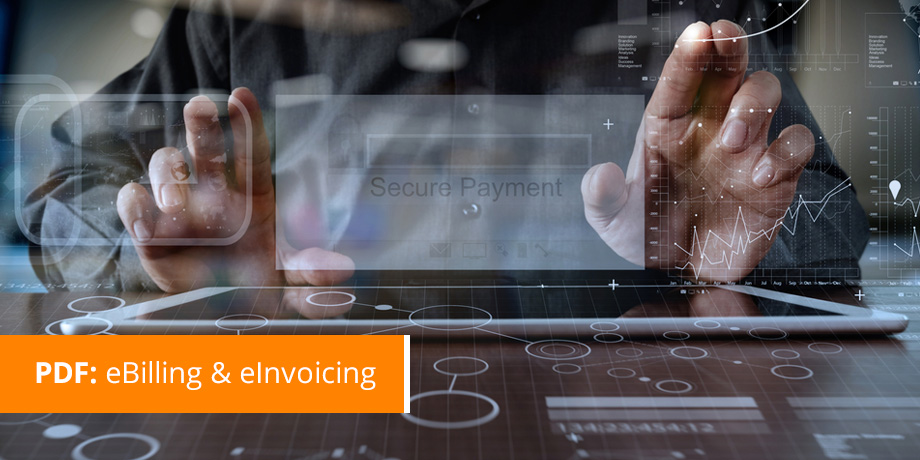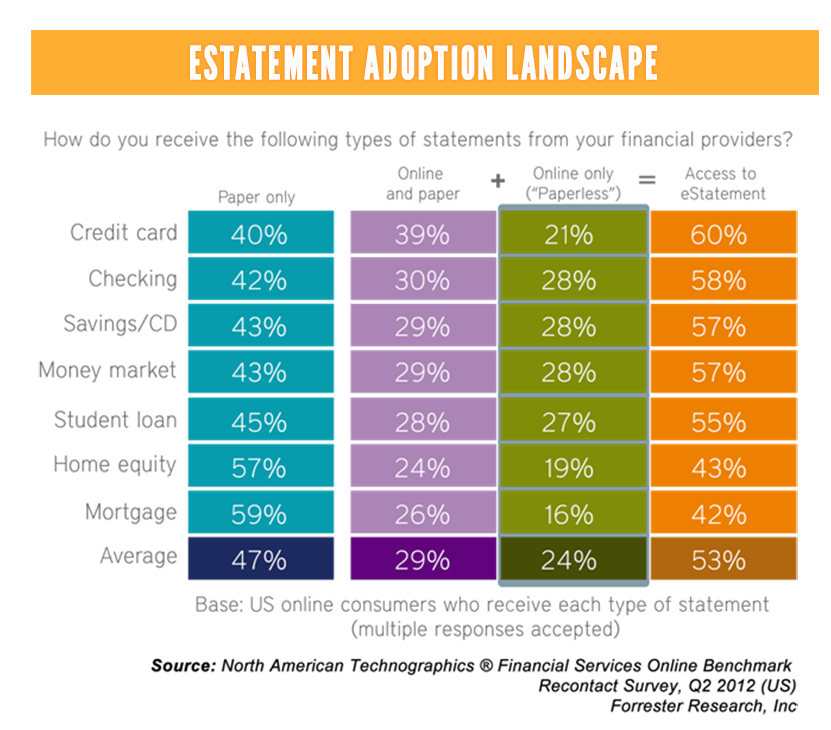
A key point of this argument is that the bulk of eInvoicing will be done between SME’s and that they will most likely utilise PDF as the format and email as the transport layer.
Why PDF is the perfect format for eBilling and eInvoicing:
1. PDF is the accepted standard for exchanging documents between different parties
A parallel can quickly be drawn in the eBilling space, (readers should reacquaint themselves with the differences between eInvoicing and eBilling).
PDF is the perfect format for bills, statements and other documents that can be dematerialised and delivered over email. It provides the option of password security (see Striata’s view on No registration, shared secret usage) that is far superior to “secured with spit“, a process that the Post Office still seems to think is a good idea.
2. PDF provides multiple layers for both presentation and data
PDFs can include a data layer or an embedded data file with relative ease – this way, the recipient can extract the data into their accounting system or open it in their favorite tool for editing and manipulation.
PDF technology also allows the embedded data to be extracted from the PDF, combined with user input and then reposted back to a server for processing. This is the same process that facilitates ‘One Click’ bill payment directly from within the email or mobile bill, which has also been proven to speed up payments and reduce debtors days.
3. Delivering PDF documents by email helps drive paperless adoption

eBilling adoption rates have long disappointed the supporters of paperless processes. While enthusiasts have registered at eBilling portals, many refuse to turn off their paper safety net. Reasons for this behavior range from “my accountant needs it” to “I like to have a copy in my filing system”. Delivering a PDF document by email allows it to be forwarded immediately and electronically saved and backed up and yes – it can also be printed, if required. This makes the transition to a paperless environment less daunting.
4. Secure PDF processes can facilitate portal registration
Striata is often approached by companies with online portals that are languishing in the mid teens for user adoption. No matter how much marketing the company has applied; where there is a registration process and ‘pull’ back to a web portal, customer adoption plateaus well short of the anticipated numbers. We’ve proven time and time again that using a secure PDF process can facilitate portal registration through trusted links.
We do believe that there is a requirement for an online portal, as some customers like to have a history or archive of their documents in one place. In fact, the rise of the consolidator portal is testament to this requirement.
5. eConsent splash pages can streamline the on-boarding process
PDF documents also lend themselves to accepting and storing electronic consent. This is often a key hurdle in the go-paperless process. Multiple layers in the PDF allow the user to be presented with a ‘splash’ page that requires their consent before viewing the actual document. In this way, the requesting, gaining and storing of the electronic consent is all handled as part of a seamless customer experience, that drives the high adoption rates e-billing managers around the world are battling to achieve.
The answer to the question?
So in answer to Friso’s question “… aren’t PDF eInvoices a great starting point for (1) massive adoption of eInvoicing and (2) a transition to more efficient forms of eInvoicing?”
I say YES! I agree.















